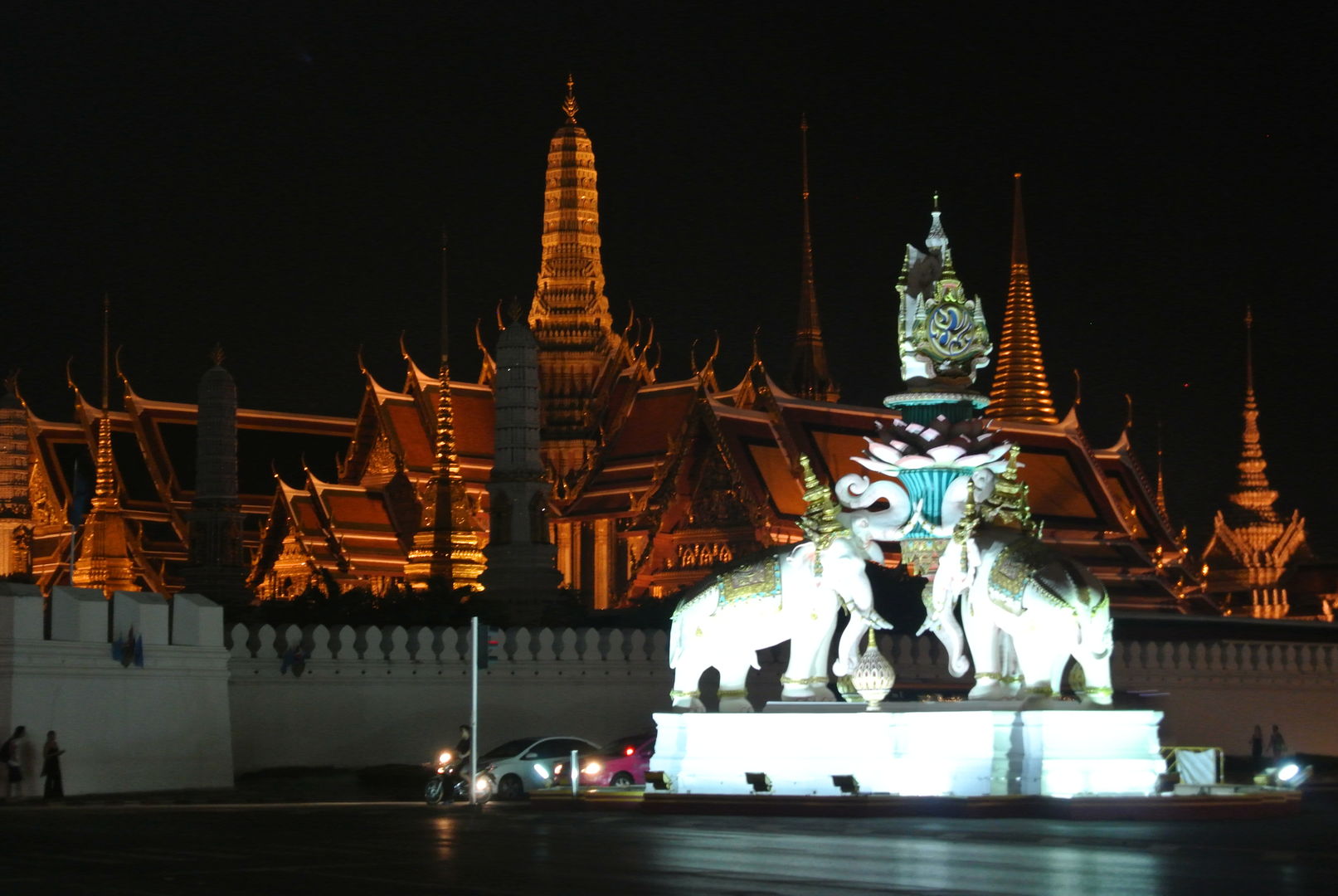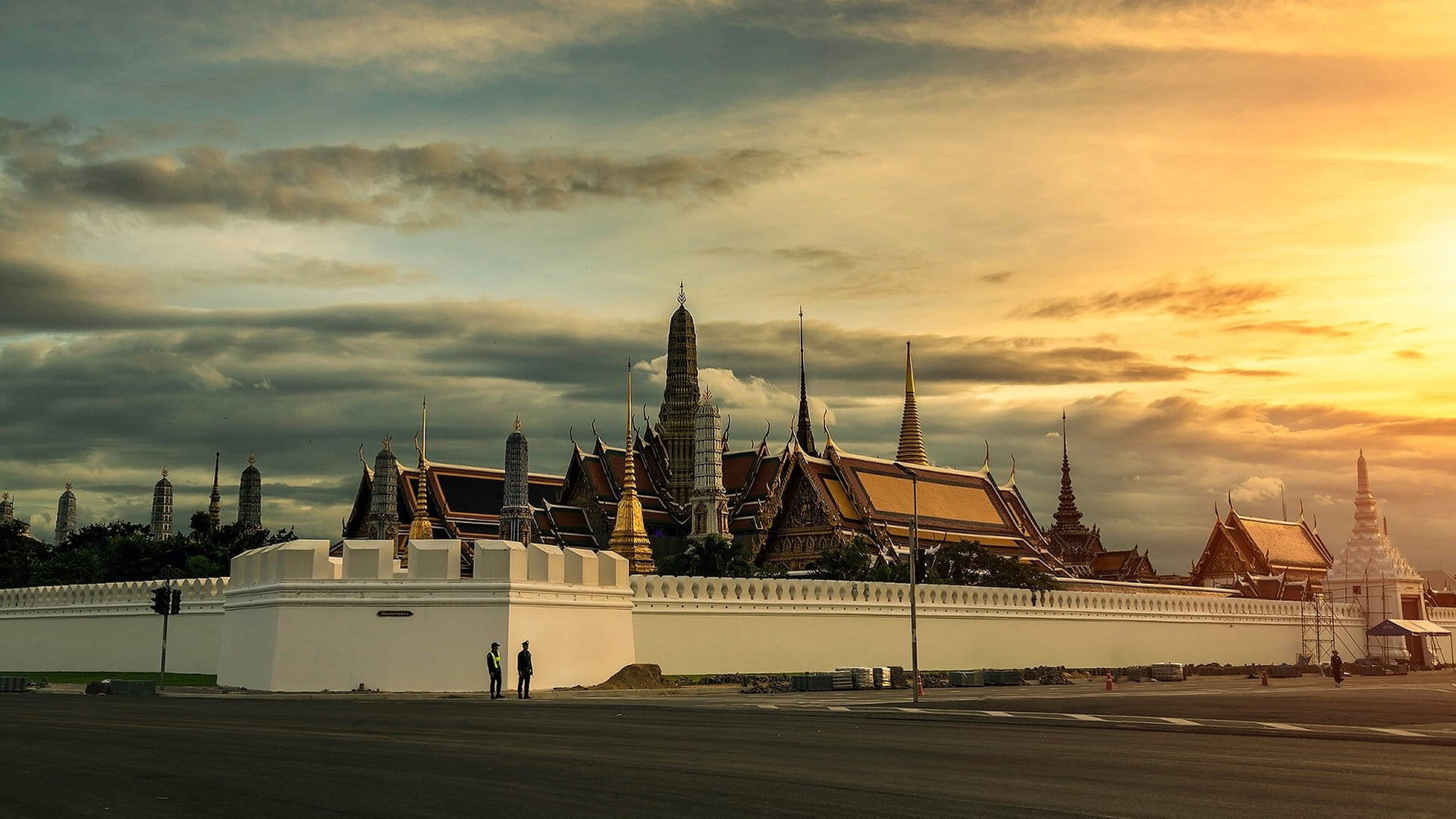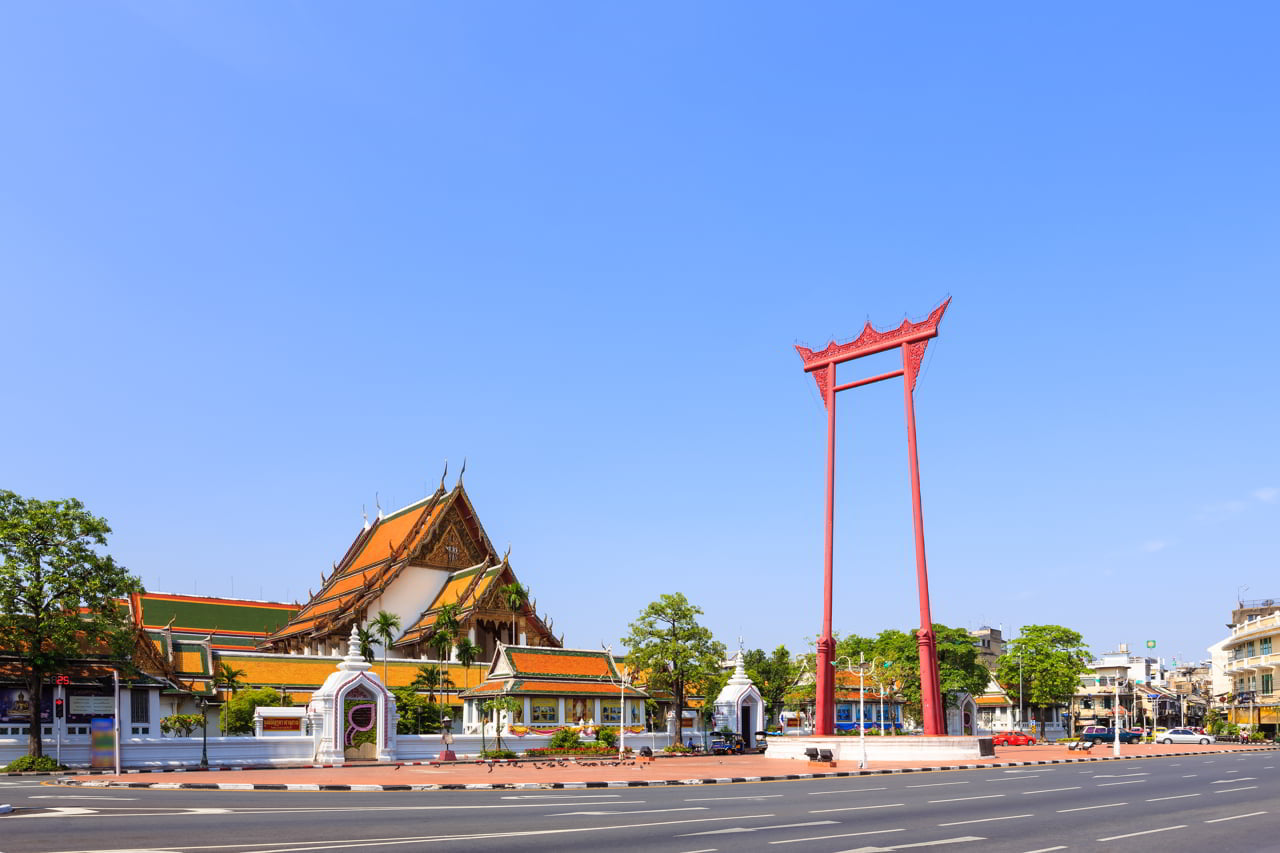
Sao Ching-Cha Bangkok: The Giant Swing and Its Forgotten Rituals
Often discovered while visiting Wat Suthat, the Sao Ching-Cha – or Giant Swing – is one of Bangkok’s most striking landmarks. This massive red structure once hosted a perilous ritual game that blended faith, courage, and danger.
The Giant Swing: Bangkok’s Red Landmark
Built in 1784 from teak wood and painted in bright red, the Giant Swing was at the heart of a spectacular Brahmin ceremony. Due to deterioration, it was restored in 2004 and relocated in 2006 to its current site at the intersection of Bamrungmuang Road and Ti Thong Road, right in front of Wat Suthat.
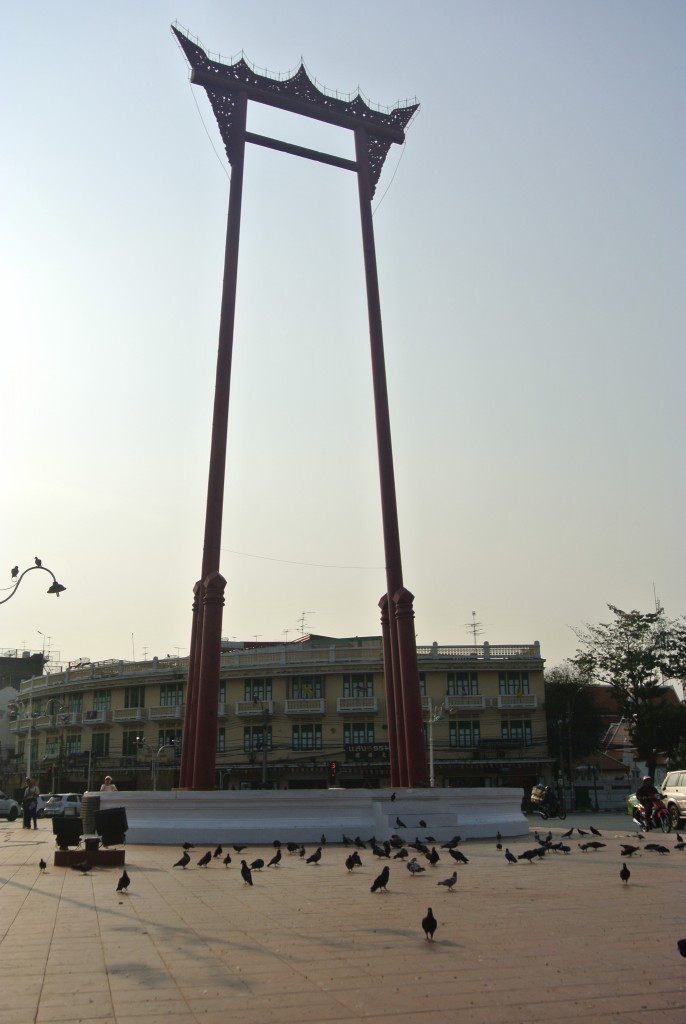
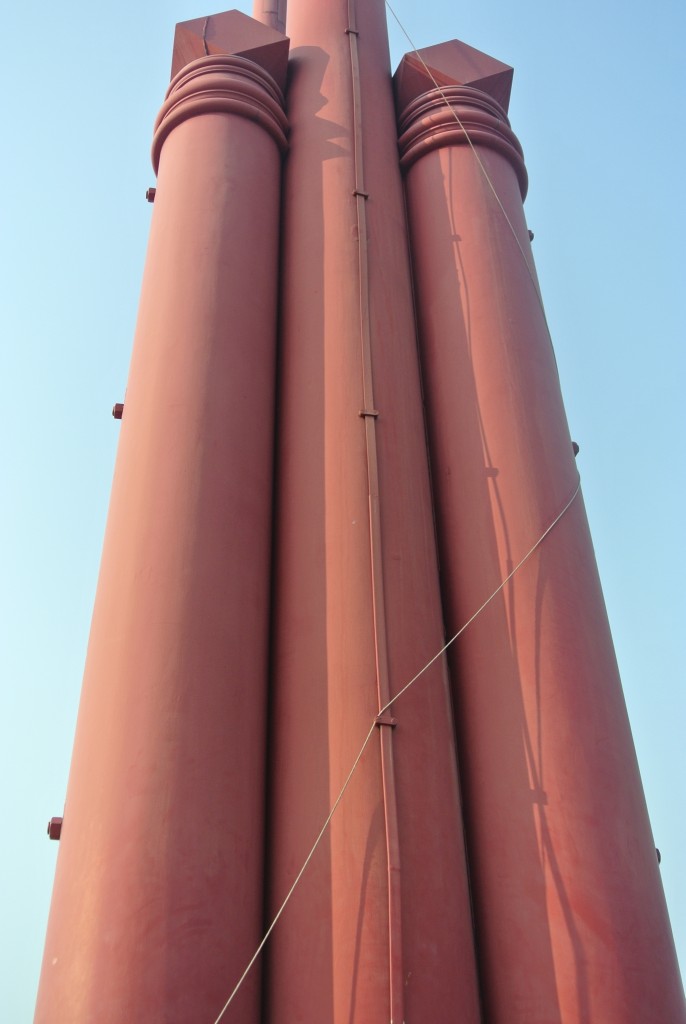
A Dangerous Ritual Game
Before the harvest season, a daring game was organized: participants would swing as high as possible to grab a money bag hung over 20 meters above the ground. The rule was strict — the bag had to be seized with the teeth. Reaching such heights (up to 25 meters) was almost impossible, and the risk of fatal falls was high. By 1935, the practice was banned after numerous deadly accidents.
Ritual Meanings Beyond the Game
Some historians interpret the Giant Swing as an ordalic ritual — testing one’s bravery before the gods or leaving divine will to decide disputes between individuals. Others see it as an initiation rite reserved for the young. While its exact purpose is debated, the swing’s symbolic power remains undisputed.
Today, the structure stands as a silent witness to Bangkok’s past, admired by visitors and serving as a perch for passing birds.
📌 What is an ordalic rite?
The ordalic rite allows an individual to demonstrate their ability to push boundaries and brave danger in order to prove their valour within the group. The ordalic rite is also used in some societies to resolve an inextricable situation between two individuals. For example, if two people disagreed about a piece of property and neither the dignitary, the representative of the law, nor the elders could decide, the matter was left to fate, to the gods. A dangerous and unpredictable trial was then announced, to which each protagonist had to submit. If one of the participants died (which was often the case), it meant that the god had rendered his verdict: he had designated who was right and to whom the property belonged.
Practical Information about Sao Ching-Cha (Giant Swing)
- Address: 239 Dinso Rd, Bang Khun Phrom, Phra Nakhon, Bangkok 10200 - Map here
- Getting there: MRT Sam Yot station + short walk
- Accessible daily, at all hours
What to See Around the Giant Swing
FAQ about Sao Ching-Cha – The Giant Swing in Bangkok
What is Sao Ching-Cha in Bangkok?
It is a massive red swing, known as the Giant Swing, located in front of Wat Suthat in Bangkok’s old town.
What was the Giant Swing used for?
It was central to a ritual game where participants swung to grab a money bag suspended more than 20 meters high.
Why was the Giant Swing game banned?
The game was banned in 1935 due to numerous fatal accidents during the ritual.
Can visitors see the Giant Swing today?
Yes, it remains a free-to-see landmark accessible at all times near Wat Suthat.
What attractions are near the Giant Swing?
Nearby highlights include Wat Suthat, Suan Rommaninat Park, Wat Pho, and the Grand Palace.
Things to See in Bangkok
Explore our guide to the sites, neighborhoods, buildings, museums, and more – all the little gems to discover in Bangkok that may not be in the guidebooks! Get off the beaten path!
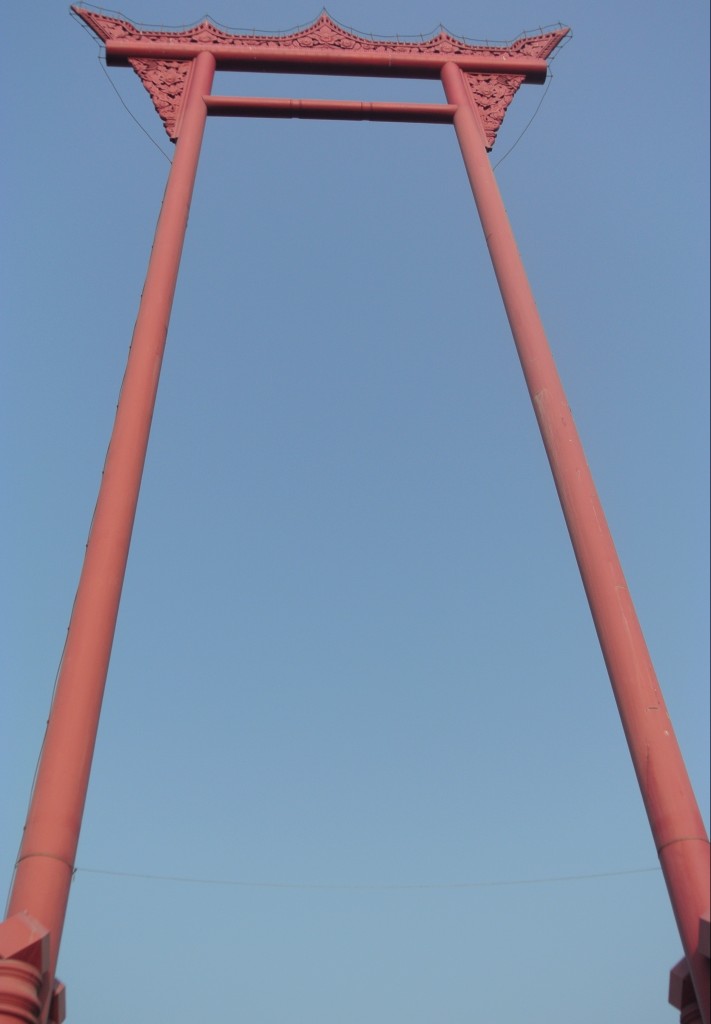 !
!



